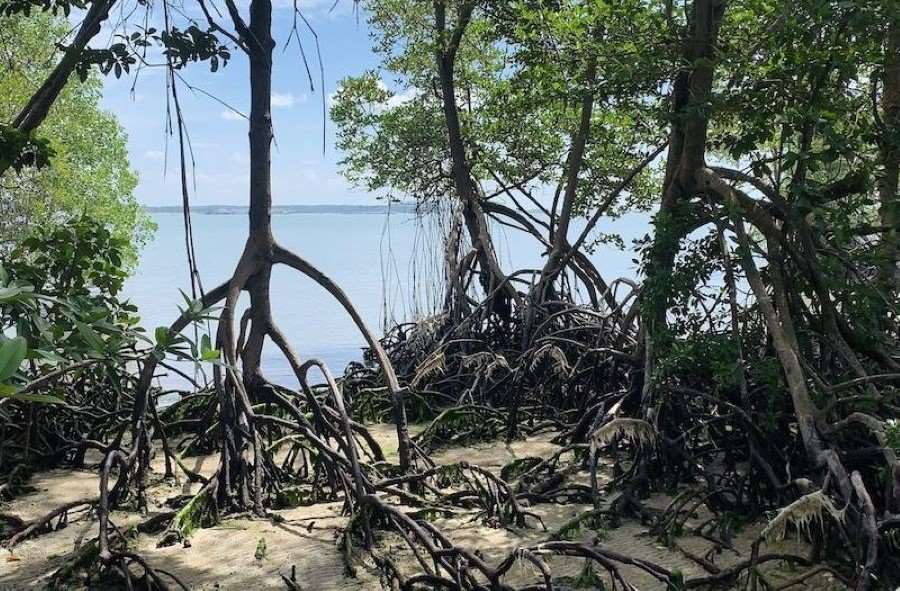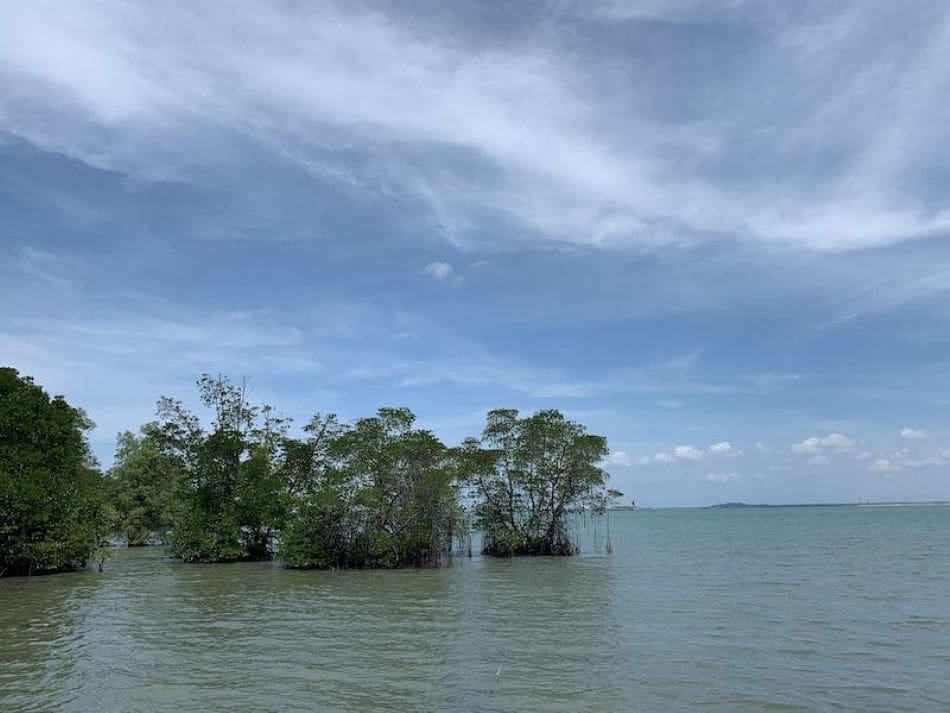Summary:
Mangrove forests, among the world’s most carbon-rich and ecologically vital coastal ecosystems, are now confirmed to be highly vulnerable to global climate oscillations. A new study published in Nature Geoscience shows that over half of the world’s mangrove areas experience substantial fluctuations in growth during El Niño and La Niña events.
These climate swings, part of the El Niño–Southern Oscillation (ENSO), create a “seesaw” effect: mangroves in the western Pacific tend to decline during El Niño while those in the eastern Pacific thrive — and vice versa during La Niña.
Led by Tulane University, the international research team analyzed nearly two decades of satellite data from 2001 to 2020 to reveal these global-scale patterns. The shifts are closely tied to temporary changes in sea levels driven by ENSO and, to a lesser extent, the Indian Ocean Dipole. These sea-level changes affect soil salinity and water availability, which are critical to mangrove survival and growth.
“ENSO has large-scale, recurring effects on mangrove ecosystems around the world,” said lead author Zhen Zhang. The findings raise concerns about the resilience of mangroves as climate variability intensifies, highlighting the urgent need to protect these ecosystems that support coastal communities and global carbon storage.

Study shows how El Niño and La Niña climate swings threaten mangroves worldwide
A new international study led by researchers at Tulane University shows that the El Niño and La Niña climate patterns affect nearly half of the world’s mangrove forests, underscoring the vulnerability of these vital coastal ecosystems to climatic shifts. Mangroves are shrubs or trees that grow in dense thickets mainly in coastal saline or brackish water.
The research is based on nearly two decades of satellite data from 2001 to 2020 and is the first study to demonstrate global-scale patterns in how El Niño-Southern Oscillation (ENSO) influences mangrove growth and degradation.
Previously, impacts had only been documented at individual sites, such as a dramatic die-off in northern Australia in 2015 when more than 40 million mangrove trees perished along a 1,200-mile stretch of coastline.
“We wanted to know whether these events were isolated or part of a broader pattern,” said lead author Zhen Zhang, a postdoctoral scholar at Tulane School of Science and Engineering. “Our findings confirm that ENSO has large-scale, recurring effects on mangrove ecosystems around the world.”
El Niño is a climate pattern of Pacific Ocean temperature and wind shifts that affect global weather. El Niño brings warm waters to the eastern Pacific; La Niña brings cool waters there. These changes disrupt rainfall, storms and temperatures worldwide — causing floods, droughts and shifts in hurricane activity.
El Niño is known for triggering coral bleaching, droughts, wildfires, and now, researchers have confirmed it also plays a major role in mangrove health.
The study identified a striking “seesaw” effect: during El Niño events, mangroves in the Western Pacific experience widespread degradation, while those in the Eastern Pacific see increased growth. The opposite occurs during La Niña events, with growth in the west and decline in the east.
Researchers pinpointed sea level changes as the key driver behind these patterns. For example, El Niño often causes sea levels to drop temporarily in the Western Pacific, increasing soil salinity and leading to mangrove dieback.
The research team, including collaborators from Xiamen University and the National University of Singapore, used satellite-derived Leaf Area Index data, which measures plant productivity based on leaf density, alongside oceanic and climate datasets to assess mangrove health over time.
Tulane Earth and Environmental Sciences professor Daniel Friess, a co-author of the study, said mangrove forests provide essential services to hundreds of millions of people worldwide, including storm protection, carbon storage and fisheries support. But their existence depends on a narrow set of environmental conditions, making them particularly sensitive to climate variations like El Niño.
“Mangroves are one of the most valuable ecosystems on the planet, yet they exist in a delicate balance with their environment,” Friess said. “A better understanding of how this unique habitat is influenced by changing environmental conditions will help us conserve and restore them, while supporting the coastal communities that rely on them.”
Journal Reference:
Zhang, Z., Luo, X., Friess, D.A. et al., ‘Global mangrove growth variability driven by climatic oscillation-induced sea-level fluctuations’, Nature Geoscience (2025). DOI: 10.1038/s41561-025-01701-8
Article Source:
Press Release/Material by Stacey Plaisance | Tulane University
Featured image credit: Daniel Friess | Tulane University




